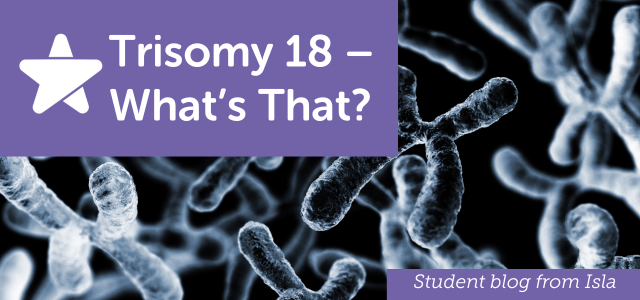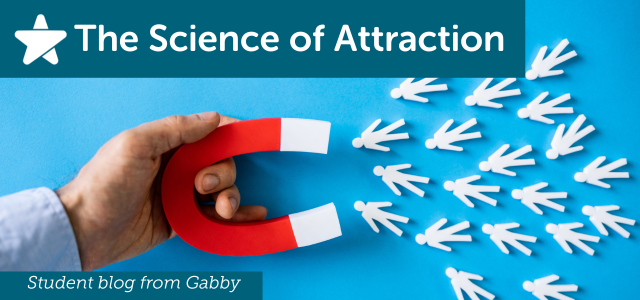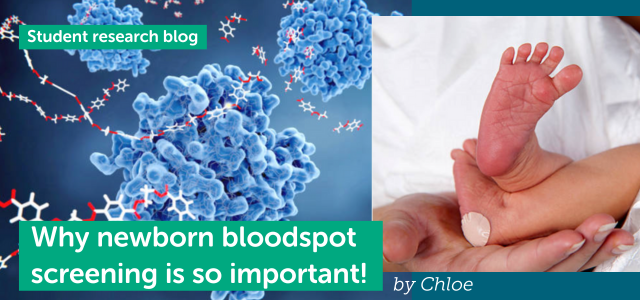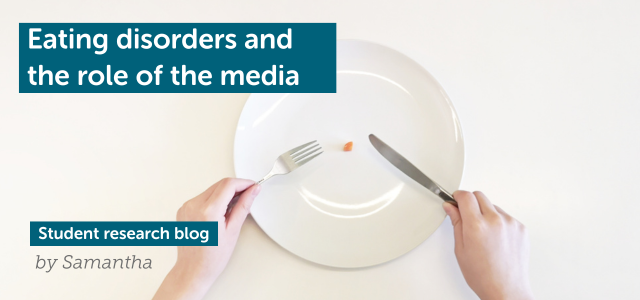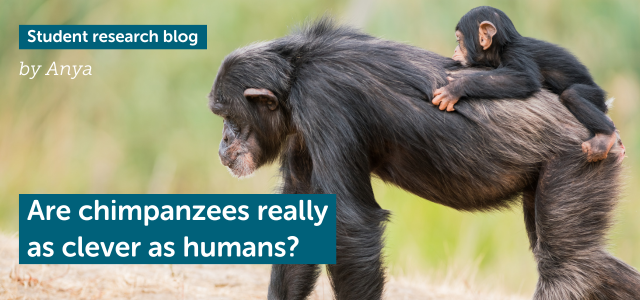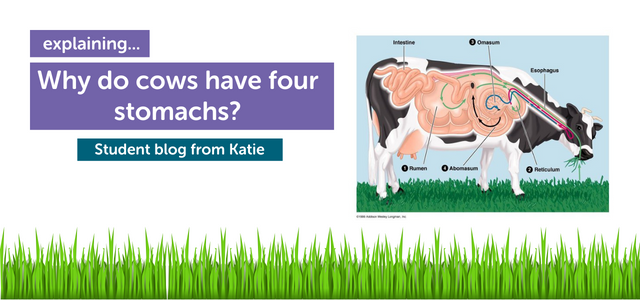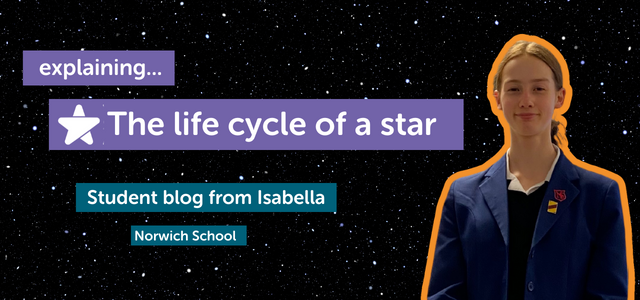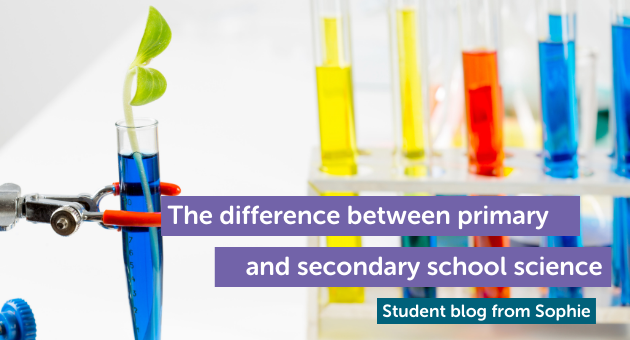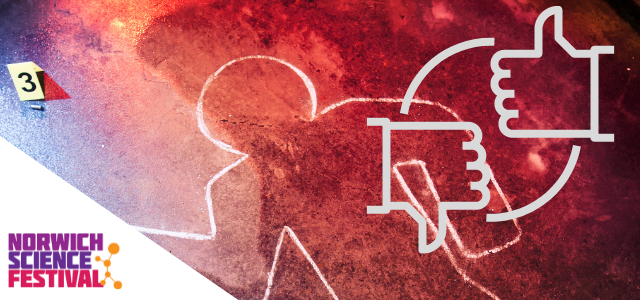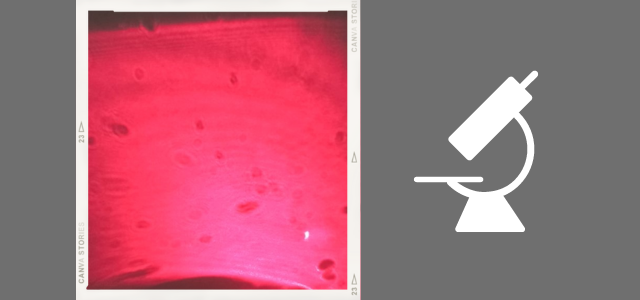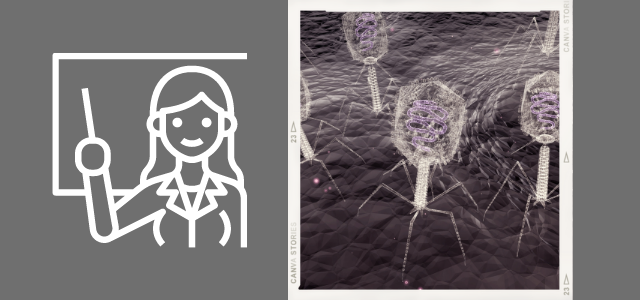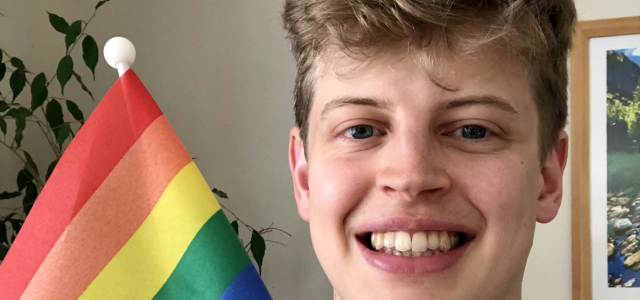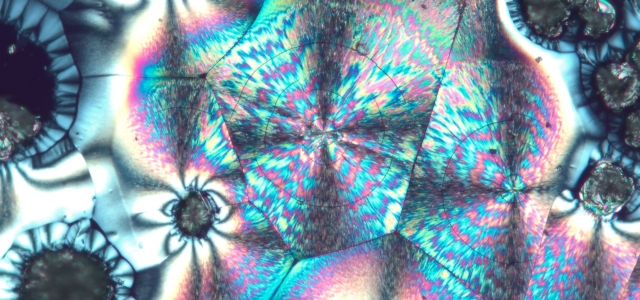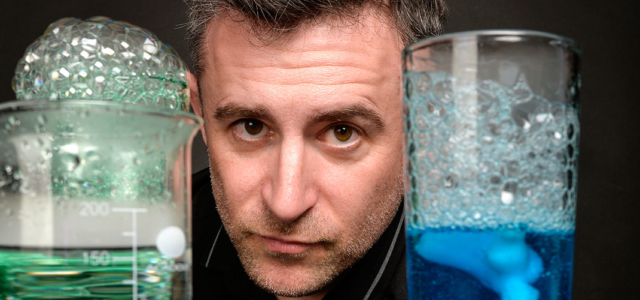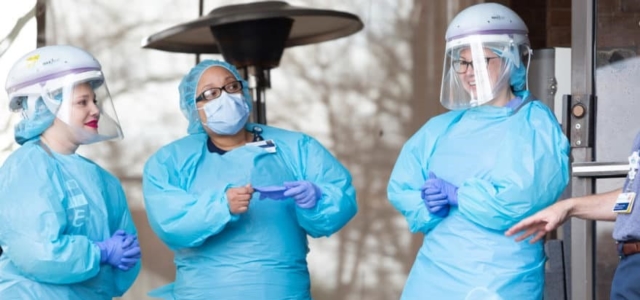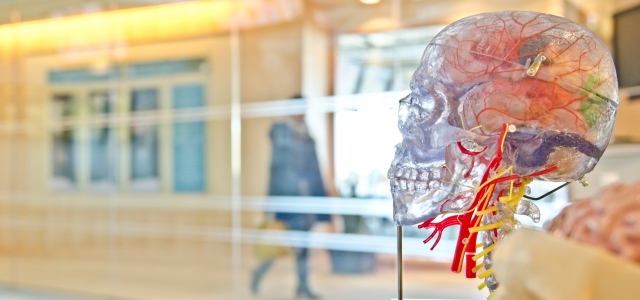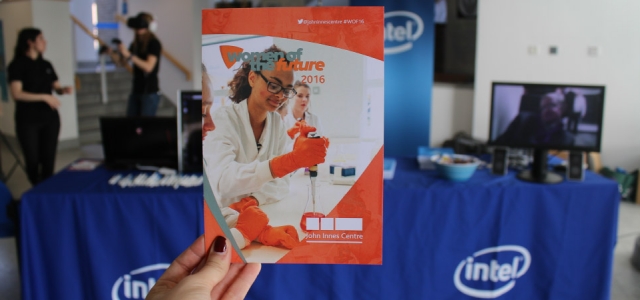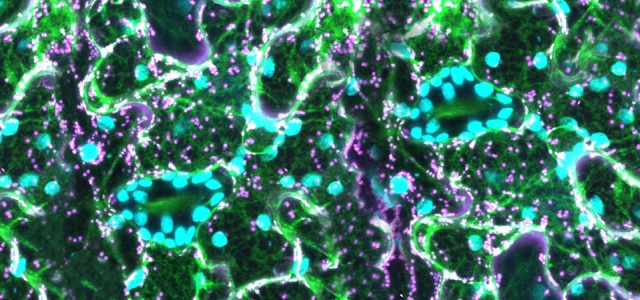Explore the science of attraction in this insightful blog post written by a Youth STEMM Award participant, sponsored by the Babraham Institute. Discover how evolution, hormones, and biology shape our romantic connections and the intriguing logic behind desirability.
Attraction is often framed as something impulsive or uncontrollable. In movies and the media, it is presented as a spontaneous and random experience which cannot be explained. However, despite some of these ideas being accurate, attraction is perhaps one of the most scientifically grounded experiences a human can have.
Evolution and attraction:
Over time, many studies have been conducted to investigate what deems a face as ‘attractive’. The overwhelming conclusion has been that more feminine or masculine features respectively are found more appealing to a heterosexual counterpart. For example, the golden ratio (a mathematical ratio) considers symmetrical facial features as a defining factor of what makes somebody more attractive and it happens that this same ratio makes females with more feminine features and males with more masculine features be seen as ‘ideal’. But why is this? Why has our psychology developed in such a way? The simple answer is survival.
From an evolutionary standpoint, the extremes of secondary sexual characteristics (which make a woman appear more ‘feminine’ and a man more ‘masculine’) were seen as appealing since they indicated that the person who had them possessed good genes; the type of genes which would be beneficial to an offspring’s survival. Secondary sexual characteristics have been theorised to indicate a strong immune system. This is because the sex hormones which are responsible for the development of these characteristics can make somebody immunodeficient. For example, the male sex hormone testosterone has been related to immunosuppression across many species. It has been proposed that there is a negative feedback loop between sexual characteristic inducing hormones and the hormones that regulate the immune system. This may seem contradictory to the insinuation that secondary sexual characteristics suggest someone has good genes, however, the fact that the organisms possessing these extreme secondary sexual characteristics can manage the toll these sex hormones take on their immune systems, demonstrates just how strong their immune systems are.
Body systems and attraction:
How attracted you are to a person can also rely heavily on your initial experience dating them. It is scientifically proven that adrenaline fuelled dates which initiate the ‘fight or flight response’ can help establish a more significant romantic bond between two people. This is linked to the sympathetic nervous system which is responsible for both the ‘fight or flight’ response and the initial attraction to a person, also referred to as the ‘honeymoon stage’. Research has concluded that a moderate amount of activity from the sympathetic nervous system is crucial in becoming attracted to a person but that too much or too little can suppress desire. This is why watching a horror movie when you know you are safe could make for the perfect date night. However, the early stages of physical attraction can also be attributed to the parasympathetic nervous system which is responsible for increased heart rate and pupil dilation. It is also supposed to increase your skins conductivity, assigning some scientific grounding to the idea of love feeling ‘electric’.
Whilst the careful balancing of these two systems is responsible for initial attraction, the continuation of this attraction is decided by dopamine-mediated pathways in the brain. As two people become more familiar with one another and become more intimate, these pathways evolve. This means a person becomes more ‘addicted’ to their partner, feeling excitement from any interaction with them. This is because these pathways are associated with rewards and habit formation, as well as addiction.
Scientific experiments and enquiries have proven that logic can be applied to desirability; be it through hormones, evolution or basic biology. However, there is still a lot to uncover before we can truly understand the rationale behind attraction.




